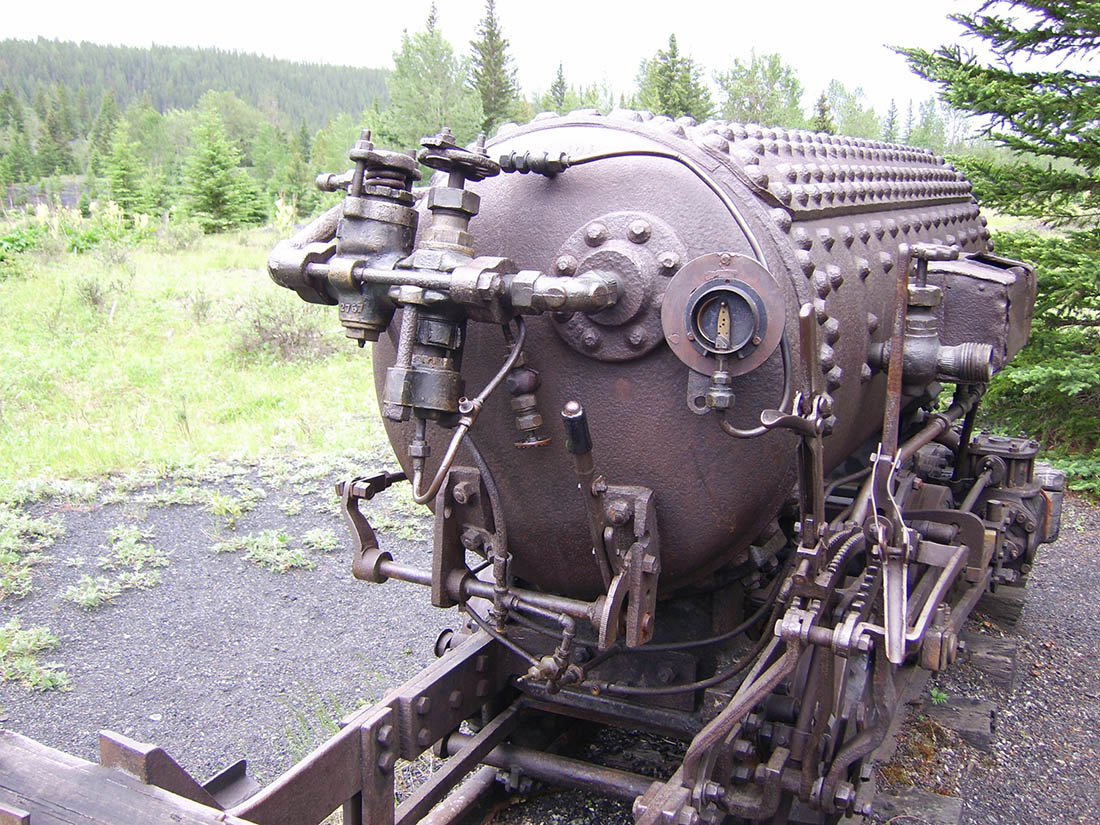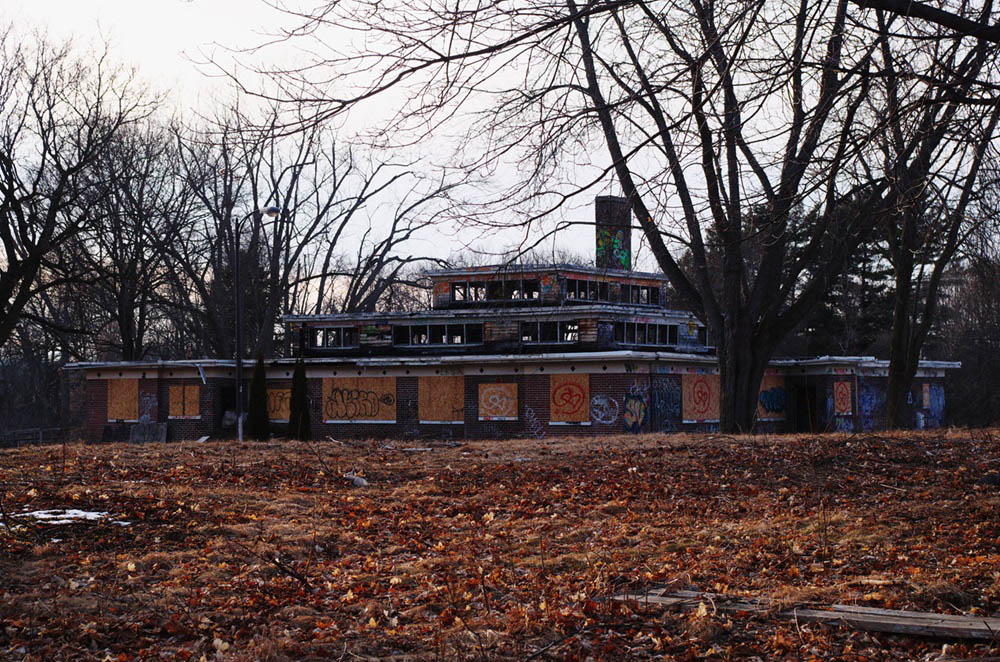Abandoned towns, or ghost towns, can be found across Canada. Often, the rise and fall of these towns is tied to the boom-and-bust economy of natural resource extraction (see Resource Towns in Canada). At other times, a place may undergo several transformations before finally being deserted. While some ghost towns become tourist attractions, others crumble. Here are the stories of five such sites in Canada.
Bankhead (Banff National Park, Alberta)
Within Banff National Park, visitors can visit the abandoned mining town of Bankhead, which was created by the Canadian Pacific Railway via a subsidiary. Called the “twenty year town,” it operated from 1903 to 1922. Unlike other company towns of its time, Bankhead was a planned town with a municipal water supply, a sewage system, indoor plumbing in most homes, and electricity. At the time, mining development within the park was not only permitted but encouraged; mining companies paid the government a royalty of 10 cents per ton of coal mined. The company abruptly closed the Bankhead mine in 1922 after a labour strike. However, a slump in the coal market at the time and objections to a mine operating within a national park may also have factored into their decision. The town was dismantled, and some buildings were moved to the nearby town of Banff.

POW Camp 30 (Clarington, Ontario)
This former reformatory school for boys was transformed into a prisoner of war camp for captured German officers during the Second World War. It was the site of an escape attempt involving U-boat lieutenant commander Otto Kretschmer and three other prisoners, who attempted to tunnel their way out. In another incident in 1942, prisoners barricaded themselves inside several buildings, resisting British Prime Minister Winston Churchill’s order that they be shackled as part of an escalating wartime spat between the Germans and Allies regarding the shackling of prisoners. The Canadian guards rappelled in through the windows and attacked the prisoners with baseball bats and frying pans to avoid shooting unarmed prisoners.
The buildings continued to be used as a school after the war until they were abandoned in 2008. The fate of the site, which developers purchased, has been long debated, and the buildings have fallen into disrepair. As of 2022, there were plans to transform portions of the site into housing, while other portions have been returned to the city for community use (see POW Camp 30).

Lake Minnewanka (Banff National Park, Alberta)
Unlike most of the towns on this list, Lake Minnewanka is only accessible to scuba divers. Established in 1888 with the construction of the Beach House hotel, a vacation village grew along the shores of the lake. The lake was dammed in 1895 to improve the shoreline, then, again, for hydroelectricity in 1912. In 1941, a new dam was constructed under the War Measures Act, which flooded the town. Divers can view several sites, including the 1912 dam, house foundations, a bridge and several wharves.
Île Bonaventure (Percé, Quebec)
Now part of Quebec’s Parc national de l’Île-Bonaventure-et-du-Rocher-Percé, visitors to this island can tour an abandoned town and hike to a northern gannet colony with a population of 110,000 birds. Part of the cod fishery during the French era, under the British regime, Île Bonaventure was later settled by fishing companies from the island of Jersey. Fishing remained the island’s principal industry until 1926, when the fisheries were abandoned. The island became the site of many families’ summer homes, but by around 1967, it had no year-round residents. The island was purchased by the government of Quebec in 1971, which expropriated the remaining property owners. It was made a part of a Quebec national park in 1985, and many of its buildings have since been restored.

Broughton (Cape Breton Island, Nova Scotia)
Intended as a company town for a coal mining operation, Broughton, Nova Scotia, was meant to house up to 10,000 residents, though nowhere near that many people ever lived there. One of the first planned towns in Canada, construction began around the turn of the 20th century. The town boasted two hotels, 43 cottages and North America’s first revolving doors. The mining operation went bankrupt in 1907 when plans to build a rail link to bring its coal to the port fell through. During the First World War, the town was briefly used as a training camp and headquarters for the 185th Cape Breton Highlanders. It has been abandoned ever since, with only a few foundations remaining today. The site is not open to tourists.

 Share on Facebook
Share on Facebook Share on X
Share on X Share by Email
Share by Email Share on Google Classroom
Share on Google Classroom


